When people think about travel, they usually picture the usual landmarks, busy cities, or overcrowded beaches with expensive smoothies. But maybe you’re craving the opposite. Maybe you want space. Quiet. Ocean stretching in every direction and not a chain restaurant in sight. If that sounds like your dream trip, then a remote island vacation might be exactly what you need. There are isolated islands to visit that are actually accessible. They might not be the easiest places to reach, but that’s the point. The harder they are to get to, the fewer people show up. And that’s what makes a remote island vacation so special: you’re not sharing the sunset with a hundred selfie sticks. You’re just watching waves hit a cliff while a goat stares at you like you’re the weird one.
.avif)
What makes an island truly remote?
It’s not just about size or how far it is from the mainland. True remoteness means minimal infrastructure, small populations, and few (if any) tourists. You won’t find big resorts or flashy tour companies here.
Some of the most remote islands to visit might not even have internet or a single ATM. These are places where time moves differently and the locals might know your name by the end of day one.
We’re not talking about luxury villas on a private beach you can only fly into by helicopter – though those exist, they usually come with five-figure price tags.
This guide is about isolated islands to visit that are remote, but reachable, even on a reasonable budget.
Most remote islands to visit that are actually accessible
Let’s start with Tristan da Cunha. Located in the South Atlantic Ocean, it’s often called the most remote inhabited island in the world.
It’s only accessible by boat from Cape Town, and the trip takes about a week one way. There are no hotels, just a few guest rooms, and only a few hundred residents.
It’s not easy, but it’s possible, and the reward is a truly off-the-grid experience. You’ll hike volcanic terrain, talk to friendly islanders, and see a sky full of stars without light pollution messing it up.
Then there’s Pitcairn Island, famous for being settled by the mutineers of the Bounty. It's home to fewer than 50 people and is reachable by boat from French Polynesia. You won’t find luxury, but you will find stunning cliffs, warm water, and some of the most interesting dinner conversations you’ll ever have.
Another favorite is the Faroe Islands. Tucked between Iceland and Norway, these wind-blasted islands have rugged beauty in spades. Flights connect them to mainland Europe, but you’ll feel like you’ve landed in a Norse myth. It’s isolated, yes, but still welcoming – with cozy guesthouses, wild hikes, and puffins that probably pose better than most humans.
Don’t forget about Socotra. Part of Yemen, this alien-looking island is safe to visit under guided trips and features surreal landscapes, including dragon blood trees you won’t find anywhere else. It’s far-flung and takes effort to reach, but for travelers seeking true adventure, it’s worth the journey.
.avif)
Why would I choose a remote island vacation?
Because sometimes the best way to recharge isn’t in a spa, it’s on a rock in the ocean with no Wi-Fi and zero expectations. A remote island vacation strips away the usual travel distractions – museums, shopping streets, endless food options – and replaces them with stillness, wildlife, and a deep sense of place.
This kind of trip isn’t about doing a hundred things. It’s about doing almost nothing and remembering what it feels like to just exist. It’s not for everyone, but if you’ve ever dreamed of running away to the edge of the world, this is your moment.
That said, you’ll need to be prepared. Travel to the most remote islands to visit often means fewer flights, long boat rides, and basic facilities.
There may be power cuts, no phone signal, and only one shop that sells food on Wednesdays. If you love the idea of a remote island vacation, you’ll love the simplicity. If you need 24-hour room service, this isn’t it.
What to know before you go
Planning ahead is essential. Some isolated islands to visit require special permits, timed boat departures, or seasonal windows.
There may only be one ferry per week. There might not be any official tourist infrastructure at all. That’s why it helps to reach out directly to local contacts, even if it's just someone with a guesthouse and a slow internet connection.
Packing is different, too. Bring what you need, especially medications, snacks, chargers, and anything you use daily. You probably won’t be able to buy them on arrival. Don’t rely on your phone for maps – offline tools or good old-fashioned paper can save your sanity.
And don’t expect a curated experience. You’re not getting daily excursions and buffet breakfasts. What you get is freedom. Wake up, look around, and figure it out. That’s part of the charm.
%20(1).avif)
Are these trips solo-friendly?
Absolutely. A remote island vacation can be one of the best types of solo travel out there. There’s no crowd to blend into, no pressure to "do" anything, and no schedule to keep up with.
You’ll have time to think, write, wander, or just stare at the sea. Locals in these places tend to be warm and curious – visitors are rare, so don’t be surprised if you’re treated more like a guest than a tourist.
Solo travelers also tend to be more flexible with long layovers, unpredictable schedules, and sudden changes – all of which are part of the deal when traveling to the most remote islands to visit. If you're OK with plans changing, you'll be fine.

.avif)




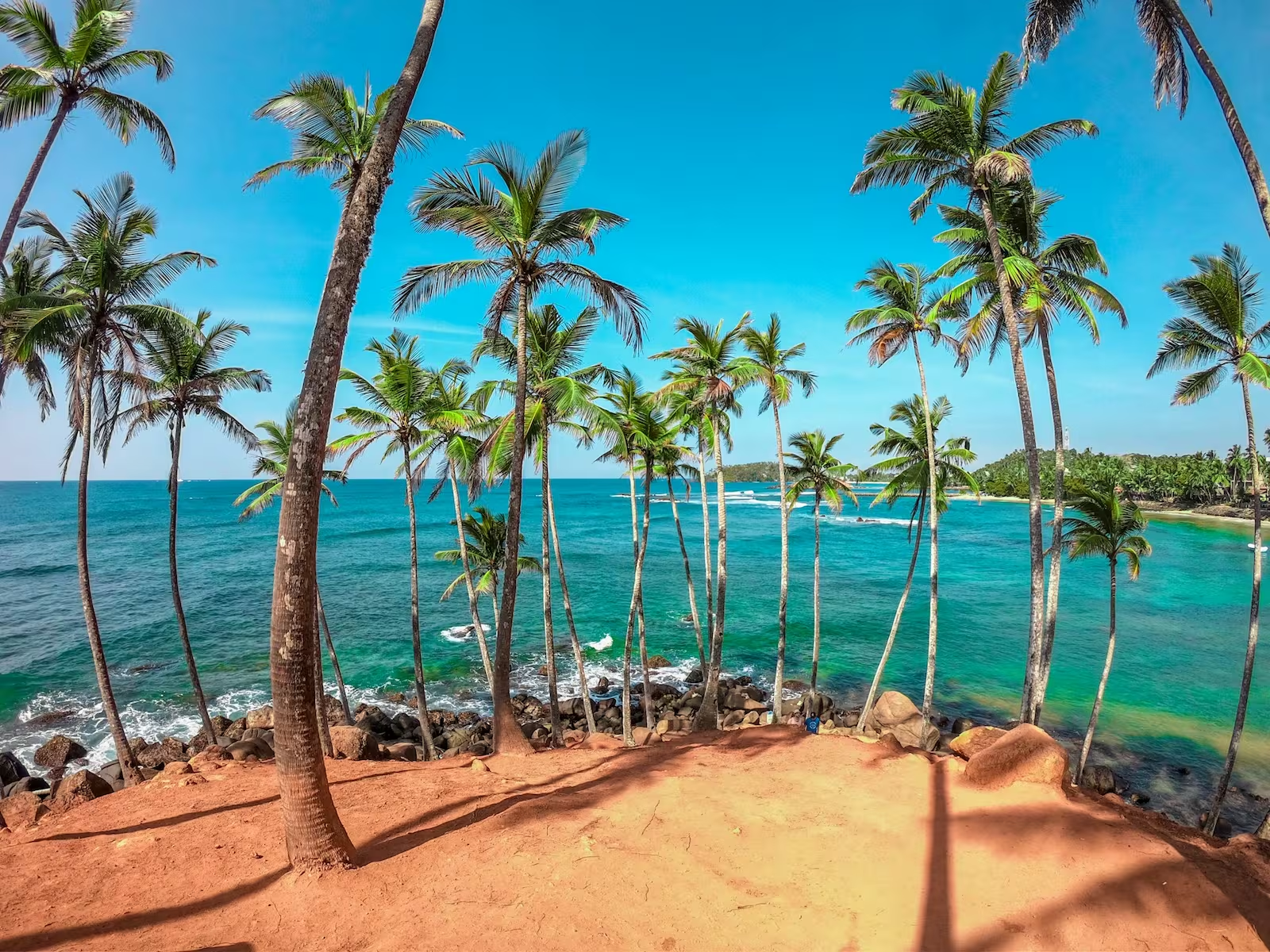
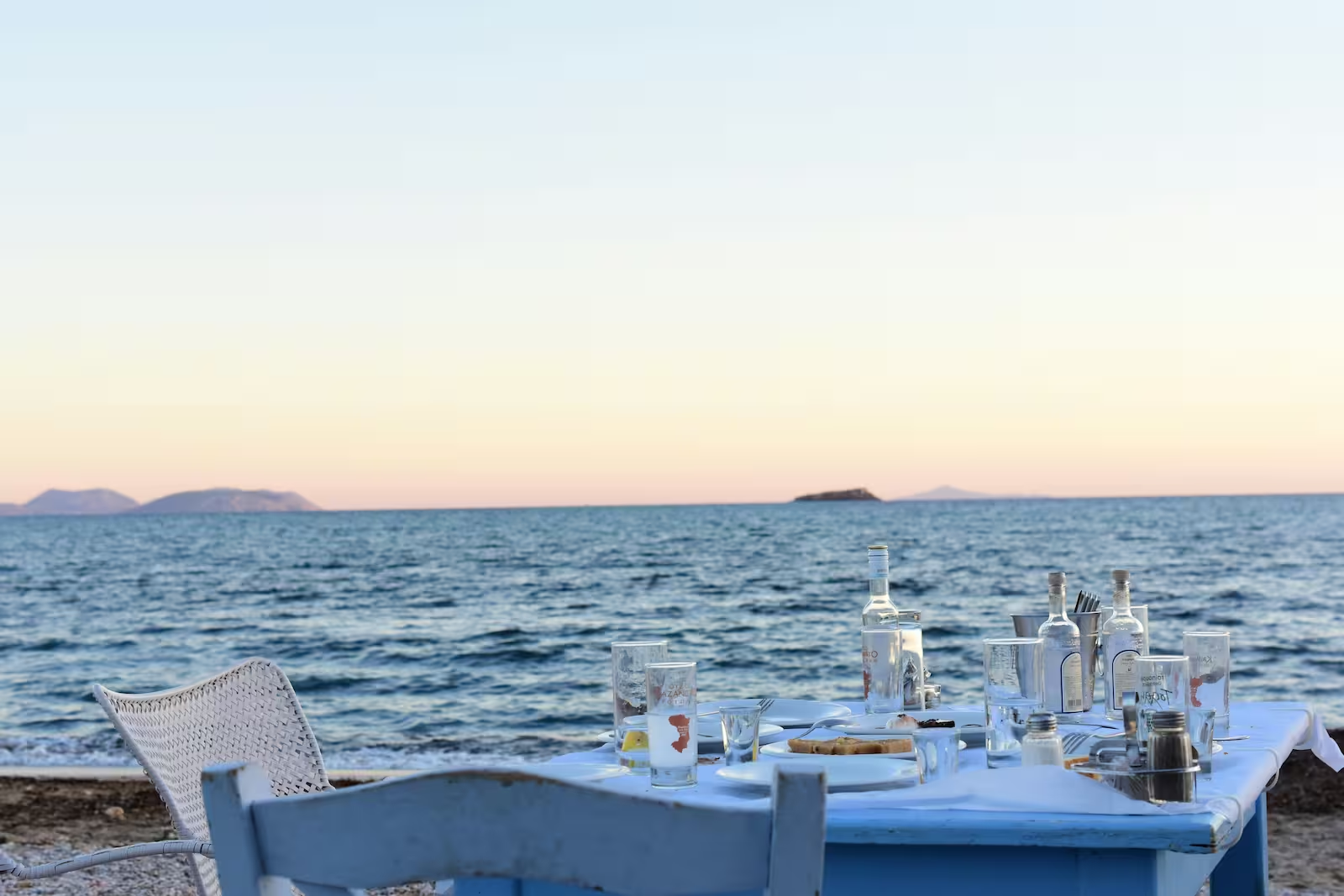
.avif)
.avif)
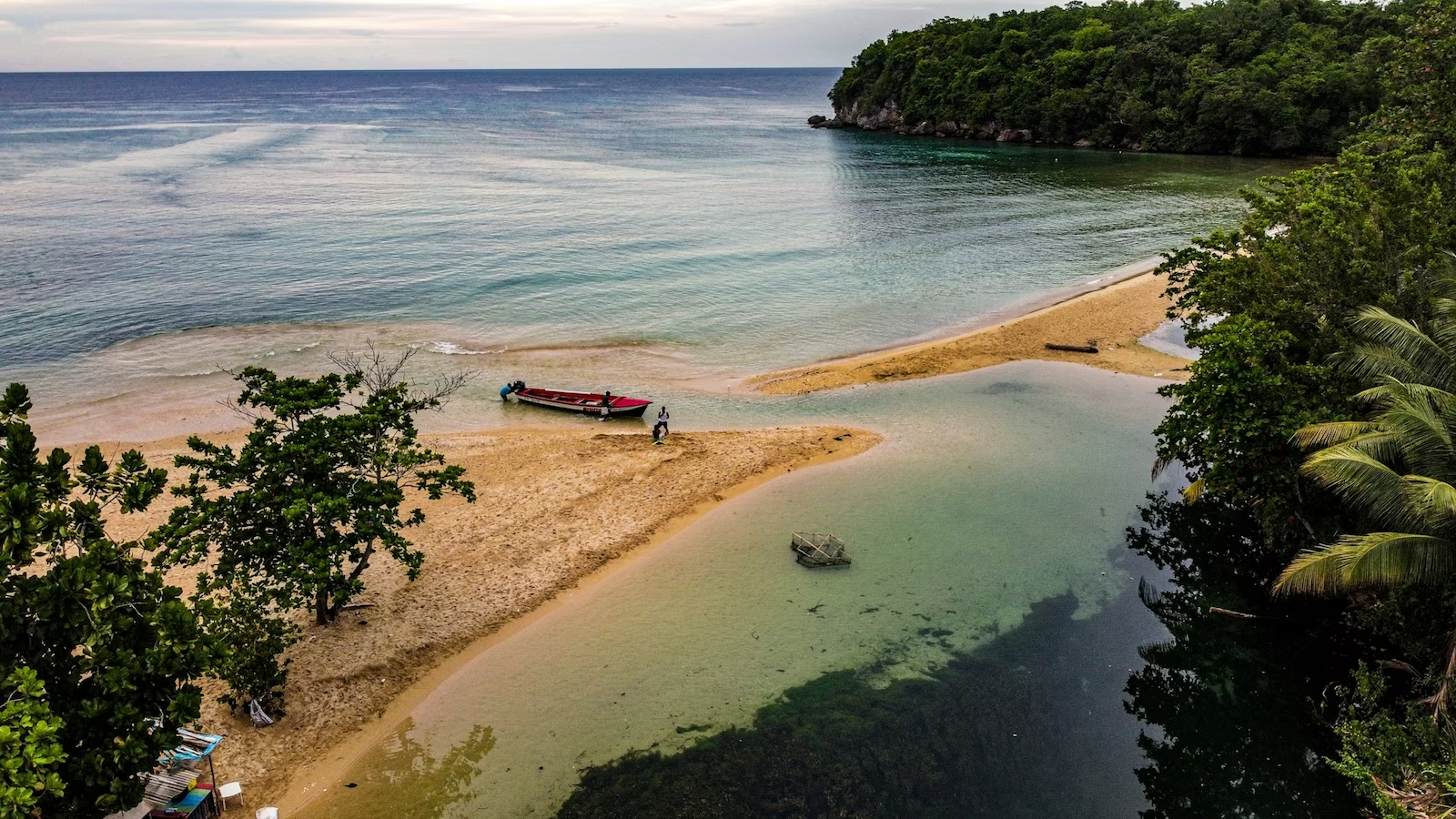
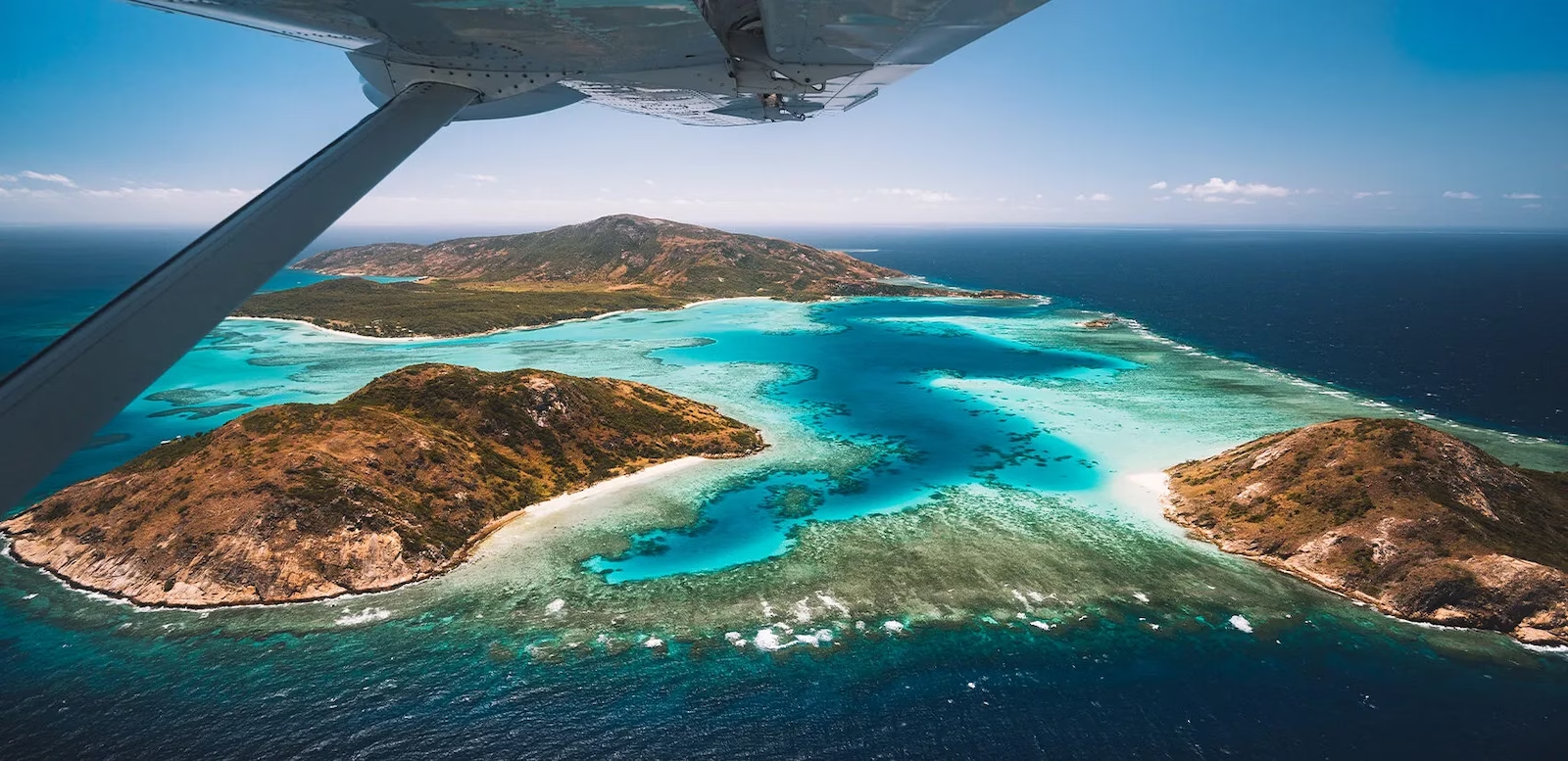

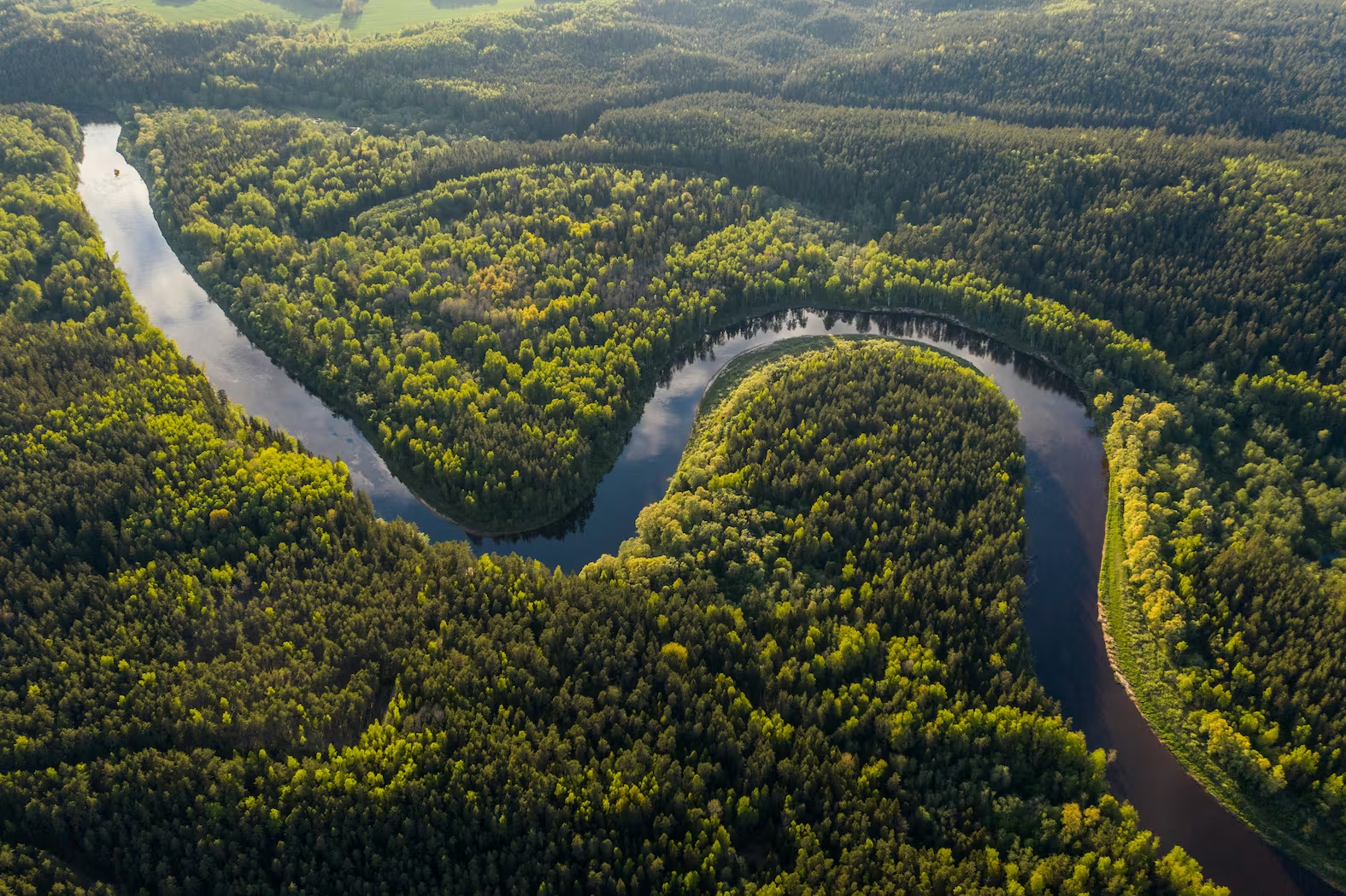
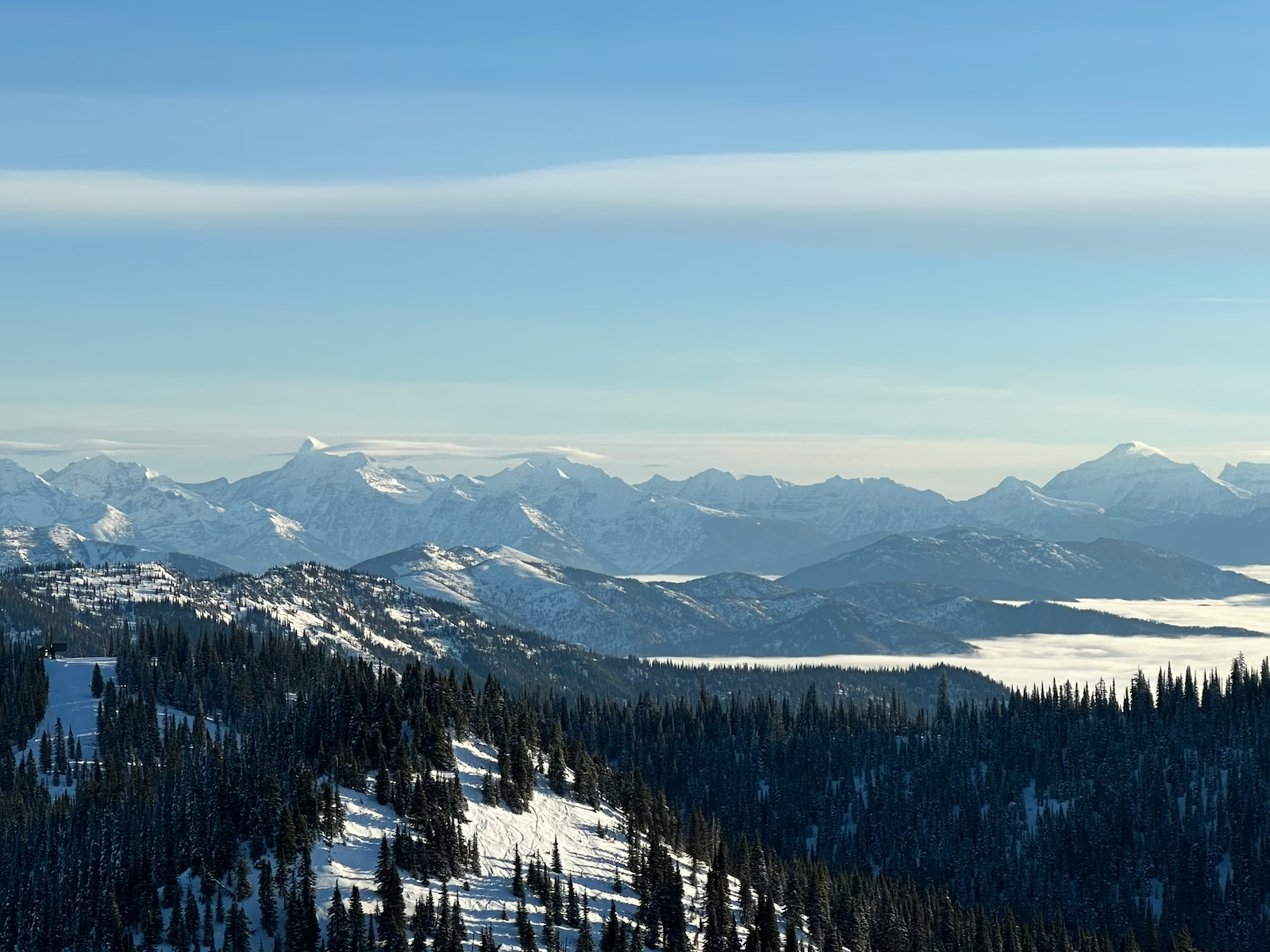
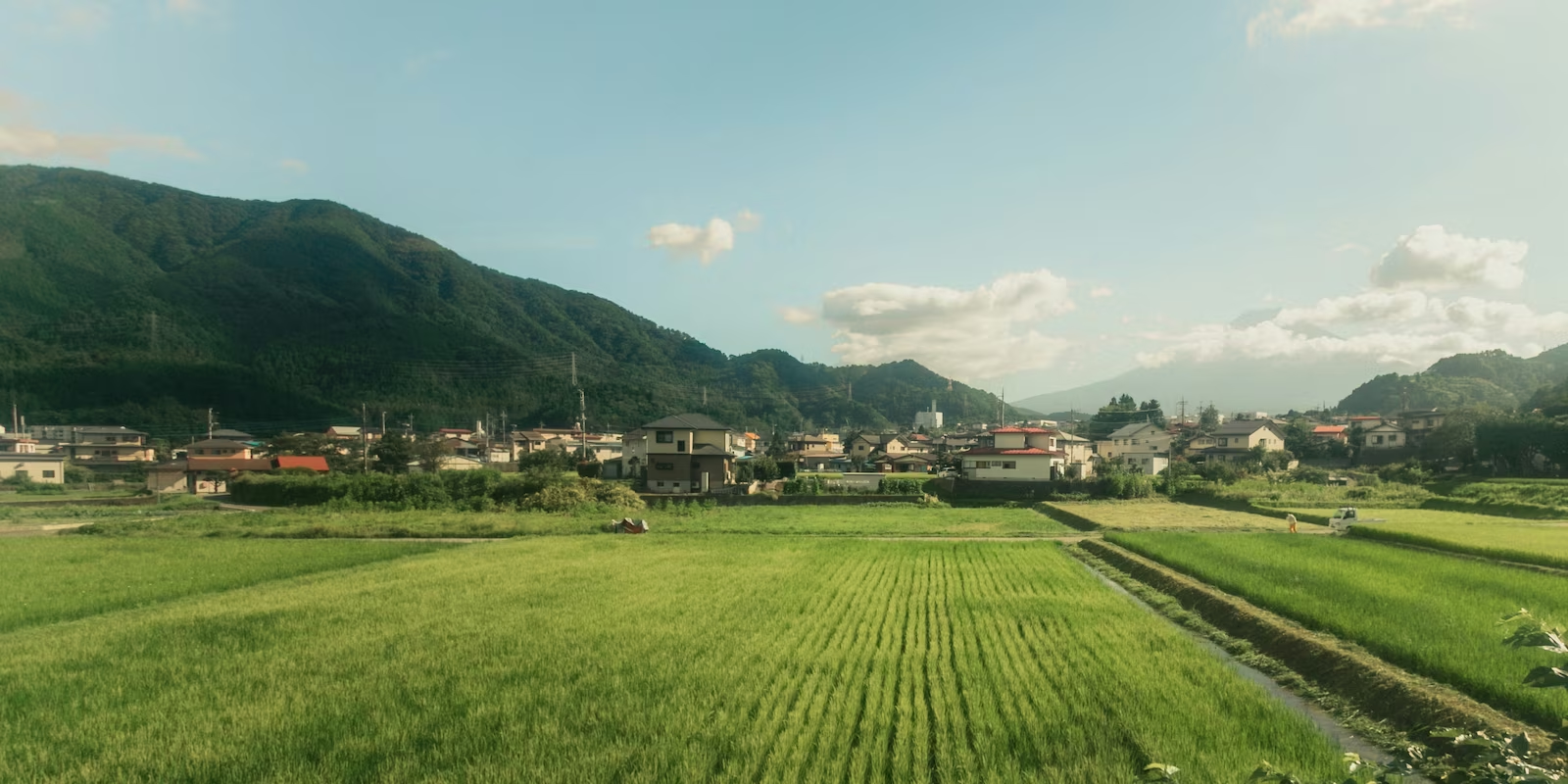
.jpg)